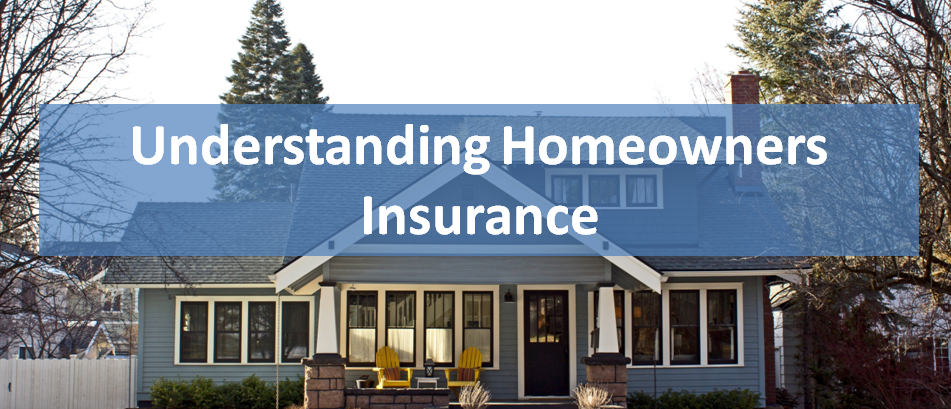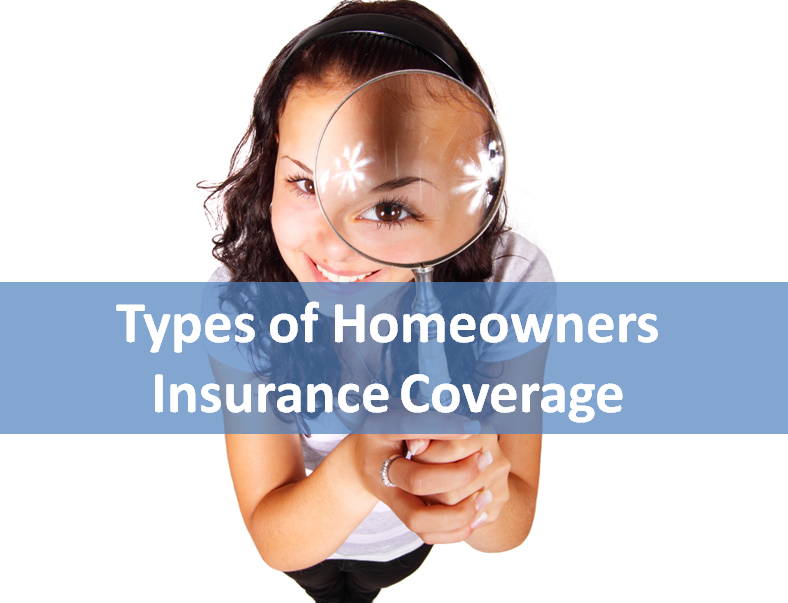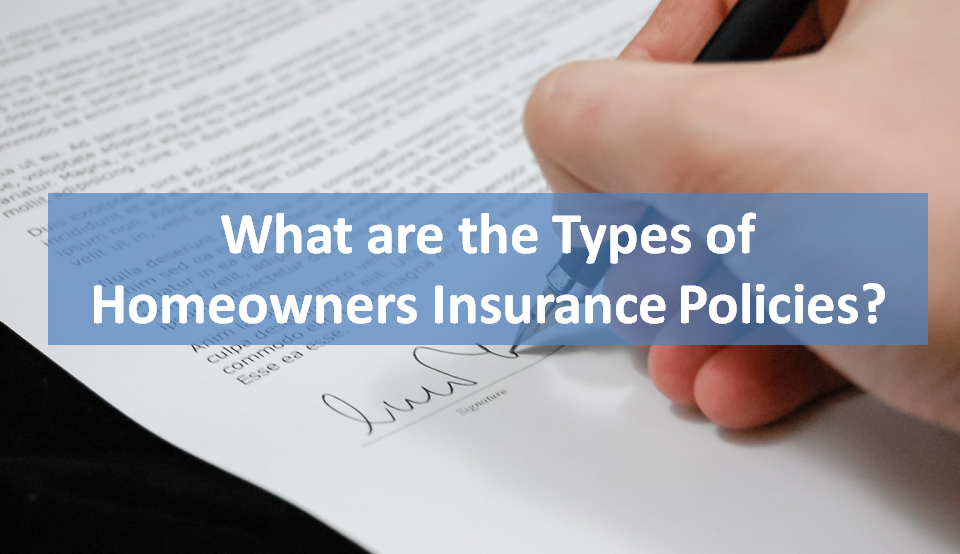Understanding Homeowners Insurance

Understanding Homeowners Insurance
Your mortgage lender will require that you have Homeowners Insurance on the property that is effective the date of settlement. The lender calls the insurance Hazard Insurance, but everybody else calls it homeowners insurance. If you have questions about the correct insurance policy or need to get a recommendation to a great insurance agent please give us a call at 302-703-0727. If you would like to get pre-approved for a mortgage APPLY ONLINE.
Homeowners insurance is designed to repair or replace your home in the event it is damaged or destroyed. Homeowners insurance also protects the valuables within your home in the event they are stolen or destroyed; this is termed personal property coverage on the policy. Your homeowners insurance policy also provides you with personal liability insurance. This protects you in case you are named as a defendant in a civil lawsuit. It will not cover the cost of a criminal trial or any penalty set forth in a criminal trial.
Your lender requires you to have homeowners insurance so that they are protected in the event of a disaster. Since your home is the collateral used to secure your mortgage, the lender wants to make sure there is adequate protection in case the home was to have a disaster. The lender is going to require that you have coverage in the amount at least equal to the loan amount so that their money is protected.
Types of Homeowners Insurance Coverage

What is Standard Coverage?
Your homeowners insurance policy typically comes with Standard Coverage which includes the following:
Dwelling Insurance: pays for damages to the structure of the home, outbuildings, detached garages, etc. Your Mortgage lender will require you to have Dwelling Coverage in at least the amount of the new mortgage loan.
Personal Property: covers household items, including furniture, clothing, appliances and electronics which are damaged or stolen.
Liability Insurance: protects you against financial loss if you are found legally responsible for someone else’s injury or property damage.
Medical Payments: pays the medical bills for anyone injured on your property
Loss of Use: covers living expenses if your property is destroyed or too damaged to live in while being repaired.
Other structures protection: Covers stand-alone structures on your property, such as a fence, carport or tool shed.
What is Optional Coverage?
You can choose to purchase the following Optional Coverage Options which will increase the price of your policy but add more protection:
Enhanced Dwelling Protection – Offers extra coverage for the home structure in case the standard coverage is not enough to cover the cost of construction or rebuilding the home.
Scheduled Personal Property Endorsement – Extra coverage to cover high end personal property items such as jewelry. A diamond engagement ring would be a typically item insured with this endorsement.
Water Backup Coverage – covers damage from broke pipes or other plumbing issues from the ground up. It will not cover flooding. Some policies will cover this on the standard policy.
Identity Theft Expense Coverage – cover expenses incurred as a result of identity theft.
What are the types of homeowners insurance policies?

There are Eight different types of homeowners insurance which are HO-1, HO-2, HO-3, HO-4, HO-5, HO-6, HO-7, and HO-8. Each of the eight types are explained below:
HO-1 – The most basic homeowners insurance policy as it only covers 10 named perils. A named peril policy will only provide coverage to losses that are specifically name in the policy. These policy aren’t even offered very much anymore because of the affordability of other policies and the fact that most mortgage companies will not accept this limited coverage as sufficient.
HO-2 – An expanded version of the HO-1 policy that covers named perils only. It covers the all the named perils in the HO-1 policy plus 6 other name perils. It will also provide personal property coverage that is specified in the policy. It is import to note that it will NOT cover losses that are not specifically named in the policy.
HO-3 – Is a “broad form” policy and is the most common type of policy. It is a offers coverage on an “open peril” basis an covers everything except specifically named perils in the policy so is the opposite of a HO-2 policy. It provides much better coverage as everything is covered except for the specific named perils in the policy which means it is important to read what is NOT covered so you understand what you are covered against. It provides home coverage, liability coverage and personal property coverage.
HO-4 – Is a “renters insurance policy” or a tenant policy. It is used by people renting apartments or homes to provide coverage for personal property and liability.
HO-5 – Is a “comprehensive policy” as it provides open peril coverage for home an personal property. It covers all losses except some named perils specifically in the policy. It covers more than any other policy therefore it is also the most expensive policy.
HO-6 – Is a “Condo Policy” and provides coverage for personal property and for the dwelling from the studs inward only. The condo association is responsible for providing a master policy that provides protection for the structure outside the unit. It is important to read the condo association by-laws to know what is your responsibility versus the condo association.
HO-7 – Is “mobile home or manufactured home” insurance policy and is essentially the same as a HO-3 policy in all other respects.
HO-8 – Is an “older home” policy designed to address the concerns of insuring issues with an older home. The coverage is basically the same as a HO-3 policy with some extra coverage for issues related to older homes.
What is a deductible on a homeowners insurance policy?
Homeowners insurance policy include a deductible for property damage. The deductible is the amount you as the homeowner are required to pay first before the insurance company pays anything toward the loss. For example if you policy has a $1,000 deductible and you have a claim from a broke pipe in the kitchen that costs $9,000 then you would pay the first 1,000 and the insurance company would then pay the remaining $8,000.
What is the typical deductible on an insurance policy?
The typical deductible is $500 or $1,000. The higher the deductible you choose, the lower your premium will be on the policy. The premium is the amount the policy costs you on a yearly basis.
How do you pay for the homeowners insurance policy?
When you purchase a home you will be required to either escrow or not escrow for property taxes and homeowners insurance. If you choose to escrow then that means the mortgage lender will be responsible for paying your yearly property taxes and your yearly homeowners insurance premium. The lender will accomplish this by including your property taxes and homeowners insurance into your mortgage payment. This is called your PITI payment.
The lender will take your yearly premium and divide by 12 and include that into your mortgage payment. You will be required to pay the first year’s premium at closing. When the policy renews the following year, the lender will pay the premium from the escrow account.
If you choose to NOT escrow then you will be responsible to pay the homeowners insurance premium and property taxes every year yourself. Please note that you are required to escrow on FHA Loans, VA Loans, and USDA Rural Housing Loans. Conventional loans do give you the option of choosing whether to escrow or not for taxes and insurance.
